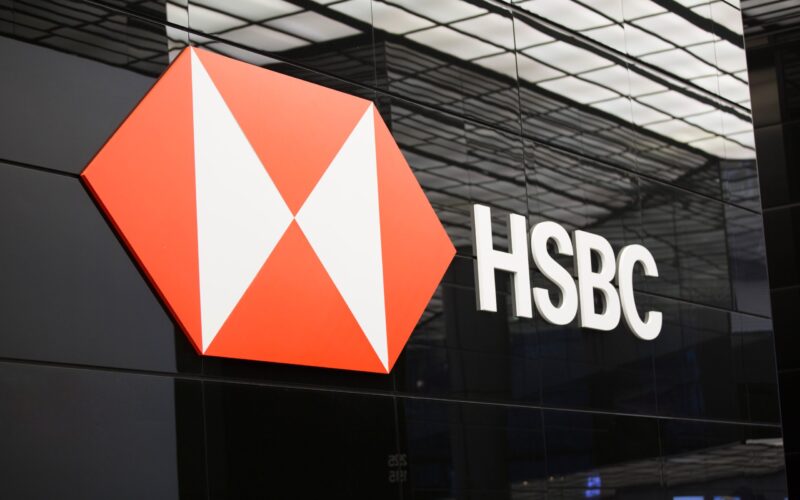HSBC has released an updated version of its Net Zero Transition Plan (NZTP), outlining a refined, commercially grounded strategy to help clients navigate the global transition towards a low-carbon economy.
The plan, which builds on the bank’s inaugural NZTP published in January 2024, reiterates HSBC’s ambition to become a net-zero bank by 2050. It reflects a changing international context in which the pace of decarbonisation has become more uneven.
According to the bank, the latest iteration incorporates a deeper understanding of its customers’ transition journeys, current scientific developments, and the advantages of a leaner corporate structure better suited to provide banking and investment solutions across sectors and value chains.
Progress and performance
Since setting its net-zero ambition in 2020, HSBC has reported several milestones:
- Mobilised USD 54.1 billion in sustainable finance and investment in the first half of 2025, marking a 19 per cent year-on-year increase.
- Facilitated a cumulative USD 447.7 billion in sustainable finance and investment since 2020, moving towards its 2030 target of USD 750 billion to USD 1 trillion.
- Reduced absolute on-balance-sheet financed emissions by 30 per cent, based on its 2024 annual report data.
- Cut direct Scope 1 and 2 emissions by 76 per cent from a 2019 baseline.
Customer priorities
Research commissioned by HSBC across 12 markets found that 60 per cent of corporate clients view the net-zero transition as a key commercial priority, with a further 37 per cent identifying it as an area of growing focus. Around eight in ten respondents expect to accelerate their transition plans over the next three years.
The updated NZTP continues to focus on three pillars: supporting customers, embedding net zero into operations, and building partnerships for an enabling environment.
Strategic updates
Under a new corporate and institutional banking strategy, HSBC aims to direct capital and expertise towards areas with the greatest customer demand and real-economy impact.
The bank has also revised its sector-specific financed emissions targets, moving from fixed goals to target ranges. This change follows a review of decarbonisation rates, recent scientific data, and industry-specific transition pathways.
A new Sustainability Risk Policies Framework consolidates HSBC’s approach to identifying and managing sustainability-related risks. The bank is also exploring new metrics, such as measuring the ratio of financing for low-carbon energy relative to fossil fuels.
Balancing ambition and realism
HSBC stated that the updated plan remains aligned with the Paris Agreement and aims to balance ambition with realism amid complex global developments.
“Our updated Net Zero Transition Plan is driven by greater clarity about our customers’ specific transition needs and the significant, growing commercial opportunities the transition affords them, our shareholders and the economies we serve,” said Group Chief Executive Georges Elhedery.
“With our new plan, we are putting HSBC’s strengths and simpler structure to work for our customers with even more intent: supporting today’s economy to decarbonise, and enabling innovation, growth, and opportunity in the new economy, while continuing to make progress towards our own net-zero ambitions and targets,” he added.





















